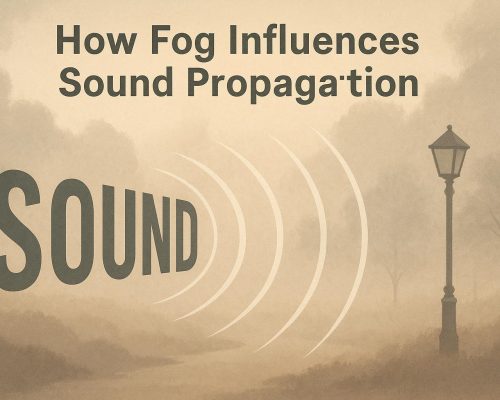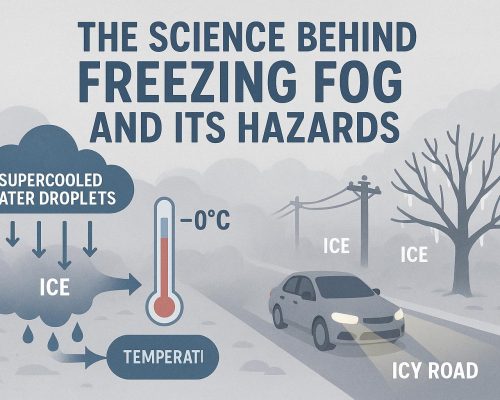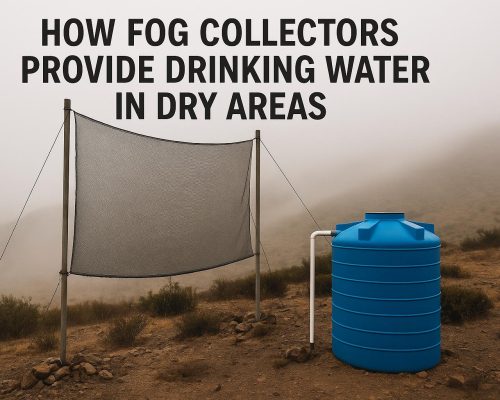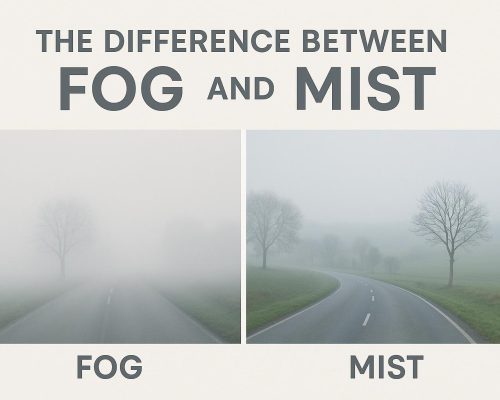
The Dangers of Driving in Foggy Conditions
Understanding the Challenges of Foggy Conditions
Driving in foggy conditions presents numerous challenges that can significantly increase the risk of accidents. Fog dramatically reduces visibility, obscuring obstacles, road signs, and even other vehicles. This creates an environment where even experienced drivers may find it difficult to gauge distances accurately. In such situations, the reliance on visual cues is greatly diminished, which requires drivers to adapt their usual driving habits to maintain safety.
Impact on Visibility
One of the most immediate dangers of fog is the impact on visibility. Fog can reduce visibility to a few feet, which means that objects and vehicles are often noticed only at the last moment. This makes it exceedingly hard to react promptly to sudden obstacles or changes in traffic flow. Drivers must be extra vigilant and prepared to slow down or stop unexpectedly.
Distance Perception and Reaction Times
Another crucial factor affected by fog is distance perception. The blurring effect of fog can make distant objects appear closer or farther than they are. Moreover, because of the limited visibility, drivers are forced to rely on their reaction times more than usual. It becomes imperative to maintain a safe distance between vehicles to allow ample time for unexpected stops or turns.
Recommended Driving Techniques
To mitigate the dangers of driving in fog, certain techniques and strategies can be highly beneficial. It is advised to use low beam headlights instead of high beams, as the latter can further obscure vision by reflecting light off the fog. In many vehicles, fog lights—which are designed to cut through the fog without reflecting the light back—can be particularly useful.
Additionally, reducing one’s speed and increasing the following distance is crucial. The slower speed provides a greater buffer to react to sudden stops or changes ahead. Furthermore, familiarizing oneself with the layout of the road through previous driving experiences can be an asset. Keep in mind that sudden lane changes and overtaking should be avoided unless absolutely necessary.
Additional Resources
For those seeking more information on safe driving techniques in foggy conditions, consider exploring government transport department guidelines for best practices. Additionally, many driving schools offer courses and materials that focus specifically on adverse weather driving.
The Science Behind Fog and Its Formation
Understanding the science of fog formation can help drivers anticipate when to expect such challenging conditions. Fog is essentially a cloud that forms at ground level. It occurs when the air is saturated with moisture, and visible water droplets float in the air. This process is often a result of changes in temperature and humidity.
Dew Point and Humidity
For fog to form, the air temperature must cool to the dew point, which is the temperature at which air becomes saturated with moisture. When the air cools to this point, water vapor condenses into tiny droplets, forming fog. High humidity levels are conducive to fog formation, often seen during early morning or late evening when temperatures drop.
Types of Fog
There are several types of fog, each with unique formation processes. Radiation fog occurs when heat absorbed by the earth’s surface during the day is radiated into the air, causing temperature drops and condensation. Advection fog happens when warm, moist air passes over a cooler surface, creating condensation. Understanding these different types can help drivers predict foggy conditions and plan accordingly.
Regional Variations and Predictability
Fog is more common in certain geographic areas, influenced by local climate conditions. Coastal regions, valleys, and areas near large bodies of water are more prone to fog due to particular atmospheric interactions. Drivers in these regions should stay informed about weather forecasts to better anticipate foggy conditions. Utilizing weather apps and local news services can significantly aid in preparing for these situations.
Technologies and Tools for Safe Driving in Fog
Modern technology offers several tools to enhance safety while driving in fog. Vehicles now come equipped with features designed to improve visibility and help drivers navigate safely in low-visibility conditions.
Advanced Lighting Systems
Many vehicles are fitted with advanced lighting systems, including fog lights and adaptive headlights that adjust the beam pattern based on driving conditions. These systems are specifically engineered to cut through fog without causing glare, enhancing the driver’s field of vision.
Driver Assistance Systems
Driver assistance technologies such as Adaptive Cruise Control (ACC), Lane Keeping Assist, and Collision Avoidance Systems are becoming standard in many modern vehicles. These systems serve as additional safety mechanisms by automatically adjusting speed, maintaining lane position, and alerting the driver to potential hazards, proving invaluable under foggy conditions.
Navigational Aids and GPS Systems
Using GPS systems and navigational aids can also be beneficial. These systems provide real-time traffic updates, route suggestions, and alerts about upcoming changes in road conditions, offering critical support when visual cues are limited by fog.
Safety Protocols and Emergency Preparedness
In addition to available technology, having a set of safety protocols is crucial when driving in fog. Preparing for emergencies ensures readiness if unexpected situations arise.
Having an Emergency Kit
Keeping an emergency kit in the vehicle can be a lifesaver. Essential items include road flares, a first-aid kit, blankets, and a flashlight. These can be invaluable if you are stranded or need to alert other road users to your presence on the road.
Communicating with Fellow Drivers
During foggy conditions, communicating your intentions using turn signals early and often can help other drivers anticipate your actions. Establishing a pattern of regular communication on the road can reduce the risk of misunderstandings leading to incidents.
Staying Informed and Updating Plans
It’s also important to stay informed about changing weather conditions by checking weather forecasts regularly. Update travel plans based on this information, considering alternate routes that may offer safer conditions or postponing travel if fog is too dense.
By understanding and implementing these strategies, drivers can reduce the risks associated with foggy conditions and ensure a safer driving experience.






